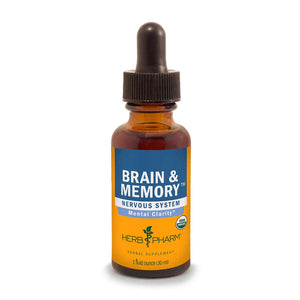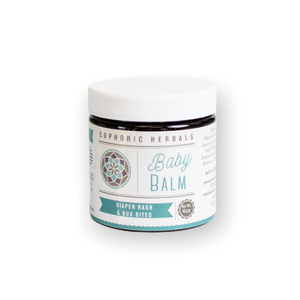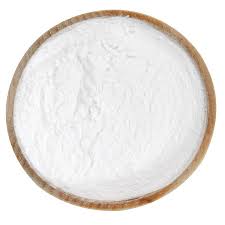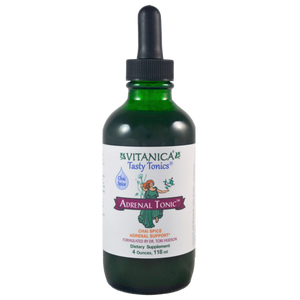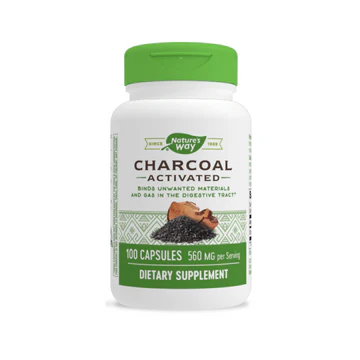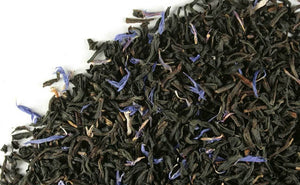B vitamins consist of eight water-soluble options. They’re typically found in foods, such as bananas, potatoes, tempeh, lentils, tuna, liver, and brewer’s yeast. Usually, these water-soluble vitamins aren’t stored by your body, so they must be eaten regularly in your diet.
The B vitamins can help your body change food (carbs) into fuel (glucose) so that you can produce more energy. Also, they are going to help your body use protein and fats appropriately. In a sense, the B complex vitamins are necessary for healthy hair, skin, liver, eyes, and a nervous system that functions correctly. We are going to consider why you should take vitamin B6 while you are breastfeeding, as well as answer some frequently asked questions about B6.
Vitamin B6: What Does It Do?
Vitamin B6 is called pyridoxine, and it is essential for your general cell metabolism. It can also help your body produce a variety of chemicals, which can carry a signal from one nerve cell to another. These are called neurotransmitters and can include serotonin, adrenaline, and dopamine. It is necessary for healthy brain function and development. Of course, vitamin B6 is also sometimes suggested to help relieve nipple vasospasm, which happens in breastfeeding moms. At high levels, it could work to dry up the breast milk, as well. Some doctors may also suggest it to help relieve postnatal depression and pre-menstrual tension.
Foods That Contain Vitamin B6
As a breastfeeding mother, your diet is likely to consist of enough vitamin B6 to handle yours and your baby’s needs. That way, it is added to the breast milk and can benefit your little one. Good sources to consume for this vitamin can include cereals, eggs, poultry, fish, and a variety of vegetables. Of course, this isn’t an exhaustive list, and you might check with your doctor to find out which foods are best and provide the most B6.
Recommended Amounts of B6 for Breastfeeding Moms
The RDA (Recommended Dietary Allowance) of Vitamin B6 is about 1.3 mg per day for a woman. This rises to about 1.9 mg per day for pregnant women and about 2 mg per day for lactation. Of course, this comes directly from the Office of Dietary Supplements at the National Institute of Health.
In most cases, prenatal vitamins come with about 10 mg per day, which is a reasonable amount for lactation. However, you shouldn’t take excessive doses of vitamin B6. It isn’t recommended because pyridoxine can quickly move into the breast milk, and the levels in your milk are going to increase when you take more of the vitamin. Also, some studies have shown that higher levels of B6 could reduce your milk supply.
How Much Is Too Much
The National Institute of Health claims that a tolerable level of Vitamin B6 is anywhere between 80 and 100 mg per day. It states that the only time you should take higher levels is as a medical treatment and should talk to your doctor first before taking more than 100 mg a day.
What Are the Side Effects?
There might be a few side effects to watch out for while taking B6. These can include sensory disturbances, sedation, liver enzyme changes, and nausea. In extremely high doses, usually through intravenous methods, seizures are a possibility.
What If You Are Vitamin B6 Deficient?
In most cases, vitamin B6 deficiency is quite unusual. In fact, it’s likely to be associated with a lack of other nutrients. Instead of just taking it in larger amounts by itself, it is best to take a multivitamin supplement to get what you require.
Nipple Vasospasm: Can Vitamin B6 Help?
Vasospasms are painful narrowing of the blood vessels or a spasm, which can prevent the blood from going to that area. Some breastfeeding moms can have this happen in the nipple. Also, those who have Raynaud’s Phenomenon may have an issue with it. In most cases, taking appropriate amounts of B6 can help you reduce your risk of getting nipple vasospasm and is a treatment for Raynaud’s Phenomenon.
Generally, it works best when you take it along with niacin. It’s best to choose a multivitamin that has 100mg of the B6 complex twice a day.
However, you should only do this for a week. If there’s no improvement, you should stop taking the B6 complex. You can continue taking it if you experience a decrease in pain until the pain stops or becomes less stable for two weeks.
B6 Supplements for Pre-menstrual Syndrome or Postnatal Depression
B6 supplements can be suggested to help with pre-menstrual tension and postnatal depression. However, there isn’t a lot of evidence to suggest that this is helpful when compared to those who take a placebo. A placebo is something given to a patient so that they believe they are getting medication to provide positive results. Excessive doses of B6 can be harmful.
Could B6 Dry Up the Breast Milk?
In many online forums, B6 is said to dry up the breast milk. If you take between 450 and 600 mg of B6 each day, it could suppress the prolactin levels, which reduces your milk production. However, these studies are from the 1970s, and others from that same decade didn’t indicate the same association. Therefore, research is necessary. Breastfeeding moms should note that high doses of vitamin B6 could lower their milk supply.
If you want to dry up the milk supply, there are other methods available. Consider talking to your doctor about what may be best for you.
A Cure for Thrush
Many women develop thrush on the nipples from their breastfeeding babies. Some sources claim that B6 can treat this persistent infection. However, it might not be a good idea to eat anything with yeast that also contains B6. That could make the symptoms worse.
Conclusion
Breastfeeding moms can usually get enough B6 from their diets. Remember, breastfeeding women need about 2 mg a day, and you can get that from your prenatal vitamins. You may also find that larger doses of B6 can help with nipple vasospasm. Still, it is best to speak with your doctor. Consider filling out our contact form to learn more and join our newsletter.









































